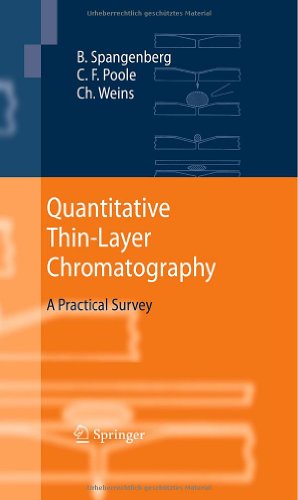

Most ebook files are in PDF format, so you can easily read them using various software such as Foxit Reader or directly on the Google Chrome browser.
Some ebook files are released by publishers in other formats such as .awz, .mobi, .epub, .fb2, etc. You may need to install specific software to read these formats on mobile/PC, such as Calibre.
Please read the tutorial at this link: https://ebookbell.com/faq
We offer FREE conversion to the popular formats you request; however, this may take some time. Therefore, right after payment, please email us, and we will try to provide the service as quickly as possible.
For some exceptional file formats or broken links (if any), please refrain from opening any disputes. Instead, email us first, and we will try to assist within a maximum of 6 hours.
EbookBell Team

0.0
0 reviewsThin-layer chromatography (TLC) is widely used particularly for pharmaceutical and food analysis. While there are a number of books on the qualitative identification of chemical substances by TLC, the unique focus here is on quantitative analysis. The authors describe all steps of the analytical procedure, beginning with the basics and equipment for quantitative TLC followed by sample pretreatment and sample application, development and staining, scanning, and finally statistical and chemometric data evaluation and validation. An important feature is the coverage of effect-directed biological detection methods. Chapters are organized in a modular fashion facilitating the easy location of information about individual procedural steps.